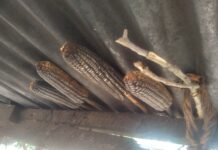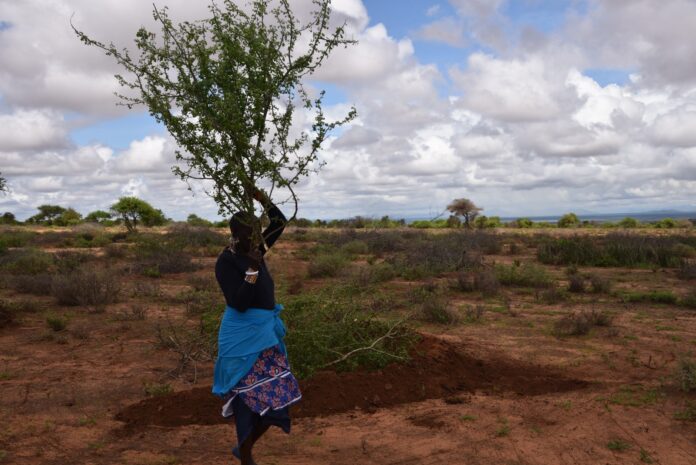
By Lenah Bosibori
Kajiado: It is an early rainy morning and a team of science journalists set off on a five-hour drive from Nairobi, the capital of Kenya to Mbirikani in Kajiado County, located in south-western Kenya on a fact-finding mission. The aim of the visit is to find a venture that pastoralists have realized will cushion them from future droughts.
After a grueling five-hour journey along flooded roads, the team arrives at the headquarters of the Big Life Foundation, a conservation organization that is helping the pastoralists dig bunds that increase vegetation cover in the greater Amboseli ecosystem.
Bunds are semi-circular trenches dug to increase vegetation cover in the greater Amboseli ecosystem with profound results for wildlife, and cattle and enhancing local communities’ resilience to the climate crisis.
At Mbirikani, we visit one of the completed projects that has shown progress given the rapid blooming of different grass species that will be harvested and kept for consumption by cattle during the dry spell. Anna Kapase is one of the pastoralists who has been involved in the digging of the bunds, she shares.
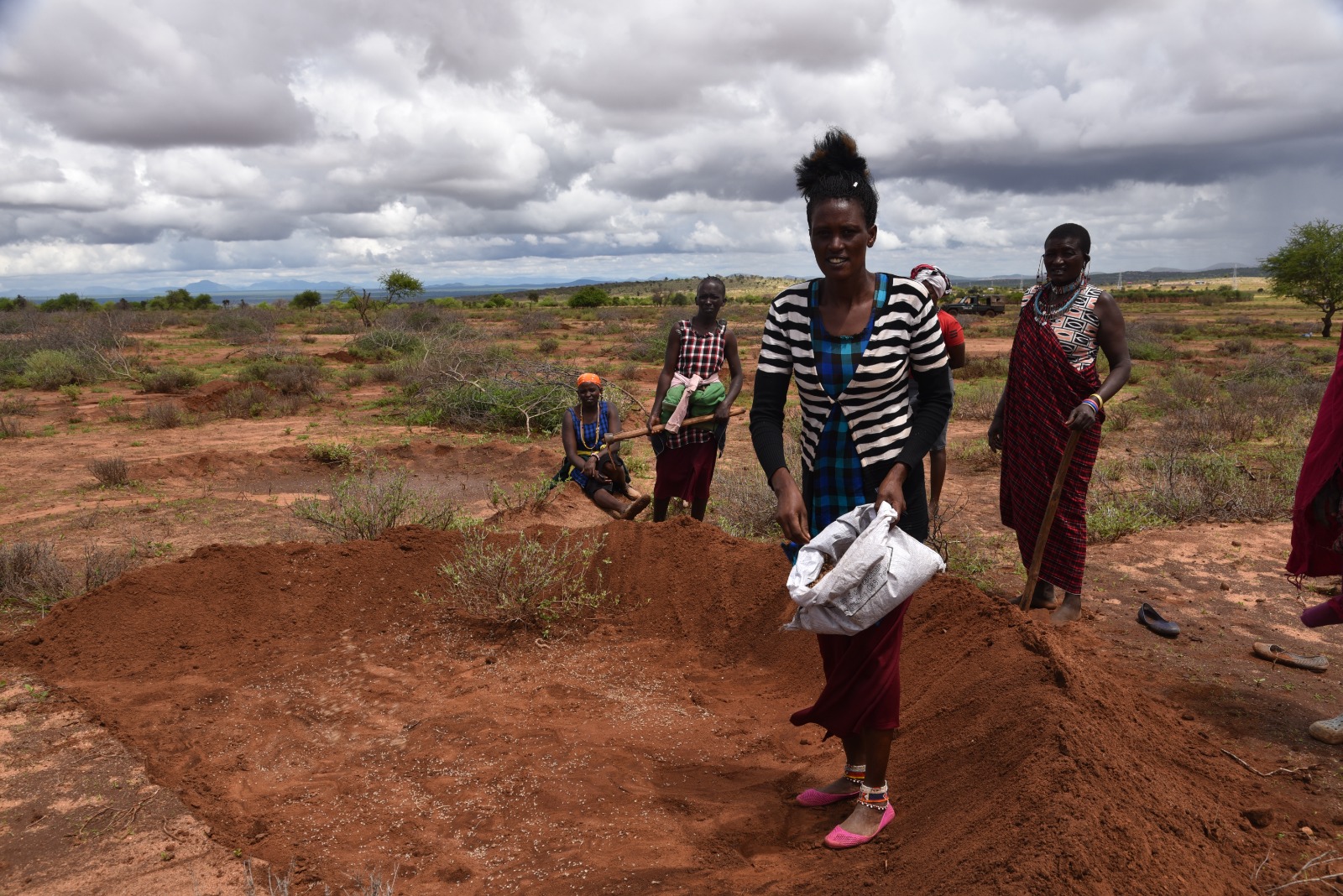
“We are digging these bunds to stop soil erosion, and ensure that our grass will get enough water, for now, we are preventing the water from running downstream and ensuring that we plant grass that will be used during the dry period,”
Started two years ago, Kapase is a proud member of the project as it has transformed her livelihood by providing her with a small token which she not only uses as school fees but also to settle her daily expenses.
“We started two years ago, and the project has been helpful. Since we came here, we have seen progress in our houses, we lost many of our cattle to drought, through this project, our children are going to school and we are also getting something for our families, said Kapase during an interview.
Due to prolonged drought, we have been very deprived but since we started working here, we have gained back our energy. I get Kshs 3100 for five days’ work. I have two cows, but before the drought, I had 70 cows,” added Kapase.
She says that the drought was very devastating to the herders and sometimes they could sleep hungry. “If the project continues, she will be able to purchase more cattle which is a source of their wealth. “I will buy more cattle if I get more money, we love cows but lack money to buy them, I will be buying one by one from the savings I will be making from this project,” added Kapase.
According to Kenya Wildlife Service and IFAW, the Amboseli ecosystem lost 6,093 animals in total to the drought between June and November 2022. This represents 20 species of wildlife even as the drought decimated thousands.
The Amboseli ecosystem is currently facing a significant threat due to rapid land subdivision, leading to the fragmentation of the landscape into various plots that disrupt its natural processes. Moreover, the increasing presence of large cattle herds, unsustainable grazing practices, uncontrolled development, and the impact of climate change are making it even more challenging for the local population to make a living in this already harsh environment.
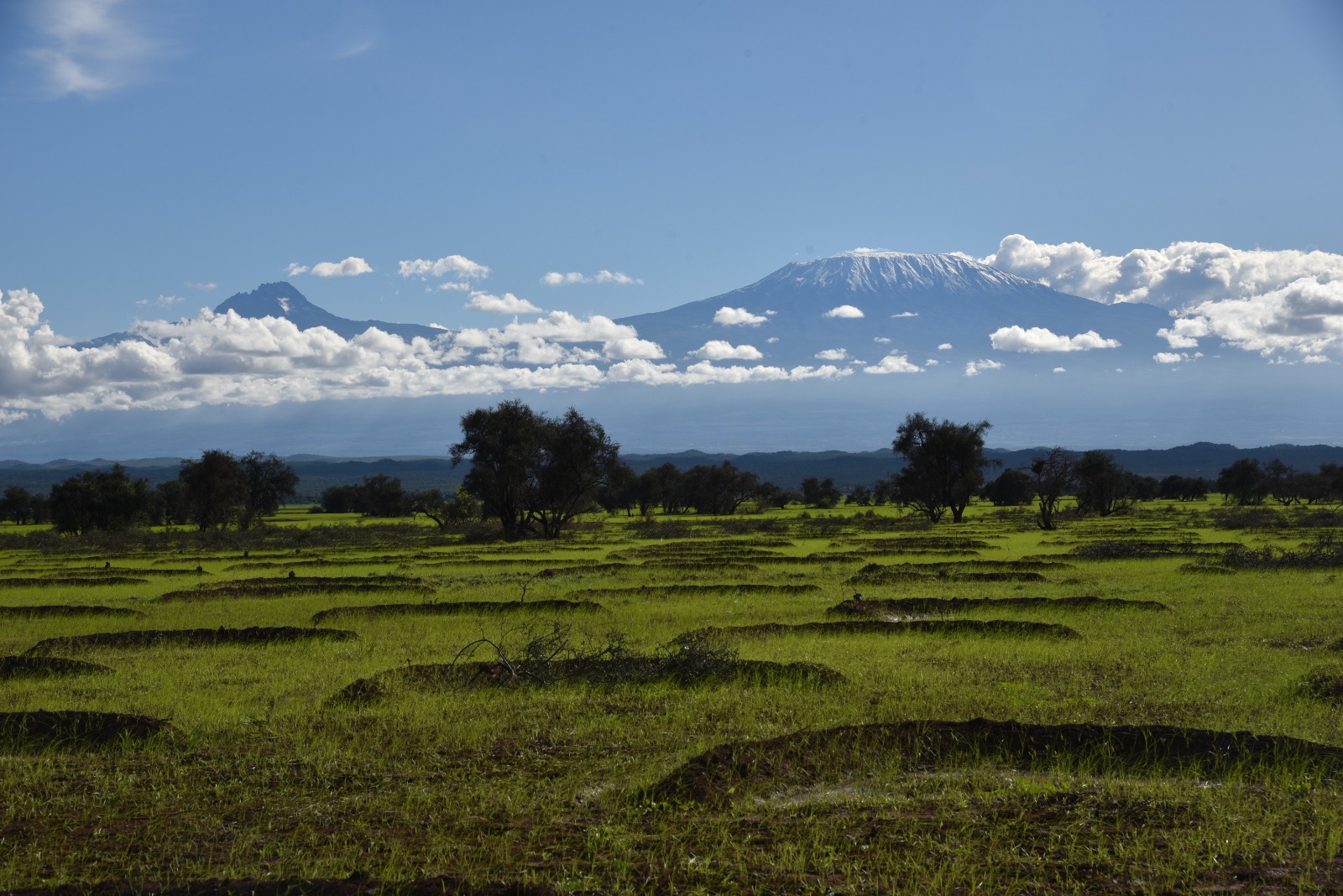
Matayo Kimirei is another Moran who has benefited from the project and here he shares, “The project has helped me, during the drought, the situation was very worse here, as a Moran, before the drought I had 300 cows but now I have 20, the drought has been very bad, but we are hoping that this project will help us curb future droughts,” he adds.
On day two of our tour, we visited a group of young pastoralists working together despite the rains that kept on pounding. Neyeyo Ipanoi shared that she was happy working on the project even as she experienced being drenched by the rains “I only look for shelter when the rain is too heavy but sometimes, I keep on working when it is not raining in a torrential manner,” she adds.
Noleiyio Sanigo is a widow of six children and she says that the project has helped her to put her children in schools besides meeting her daily expenses.
“We started this project two years ago, widows like me have benefited from this project a lot, as you can it is not a hard job to do, it is like digging my small garden back at home, I enjoy working here because I know at the end of the week, I will get something for my family,” she said.
Sanigo says that they climb the Chyulu mountains with other members to collect grass seeds that they plant after digging the bunds. “We look for our own grass seeds from Chyulu mountains because so far we don’t have anyone to supply to us,” she adds.
Ernest Lenkaina, the Rangelands Restoration Manager at the Big Life Foundation shares why the project was initiated at the ecosystem “We focus mainly where we have a lot of soil erosion happening, across the hills you realize we have very many trenches here whereby if a giraffe enters inside you can’t spot it. We focus on such areas,” says Lenkaina.
He adds that once the grass matures at the established bunds, cattle, wildlife, and other species will be able to benefit. “It helps in cattle feed. By now we have dug more than 300 acres, Lenkaina adds.
“We are trying to help the pastoralists with grass because this is an important commodity for them, grazing grounds have gotten worse with time due to droughts, we are working together with the local community to plant for them the grass that will have an impact on their livestock and the wildlife around this place, “he added.
Lenkaina revealed that they have managed to restore 1,000 acres from the 10,000 acres set aside by the community. “We realized that when pastoralists graze everywhere, they don’t plan for the future hence the reason we are setting aside this newly planted area until when the grass is mature enough to be used,” he adds.
“We also realized that when it rains, all the storm waters go to the trenches and it creates soil erosion, those are the two problems we are trying to rectify here, by digging these bunds, we are preventing soil erosion and giving room for the water to enter in the soil and help the grass to grow,” Lenkaina says.
Ecosystem restoration
Lenkaina adds that the project is also bringing in different varieties of grass to see the ones that are fit for the soils which can be used as they wait for the varieties to mature.
“We are also bringing different varieties of grass to grow, currently we have like five different varieties of grass, we are also bringing back the indigenous ones as we partner with the community to bring them back,” he adds.
According to Lenkaina, grass needs little water, so the bunds will retain the water from the ongoing rains to help the grass grow. “We are planning that all the grass that will grow is going to be used as per our plans so that it is not wasted,” adds Lenkaina.
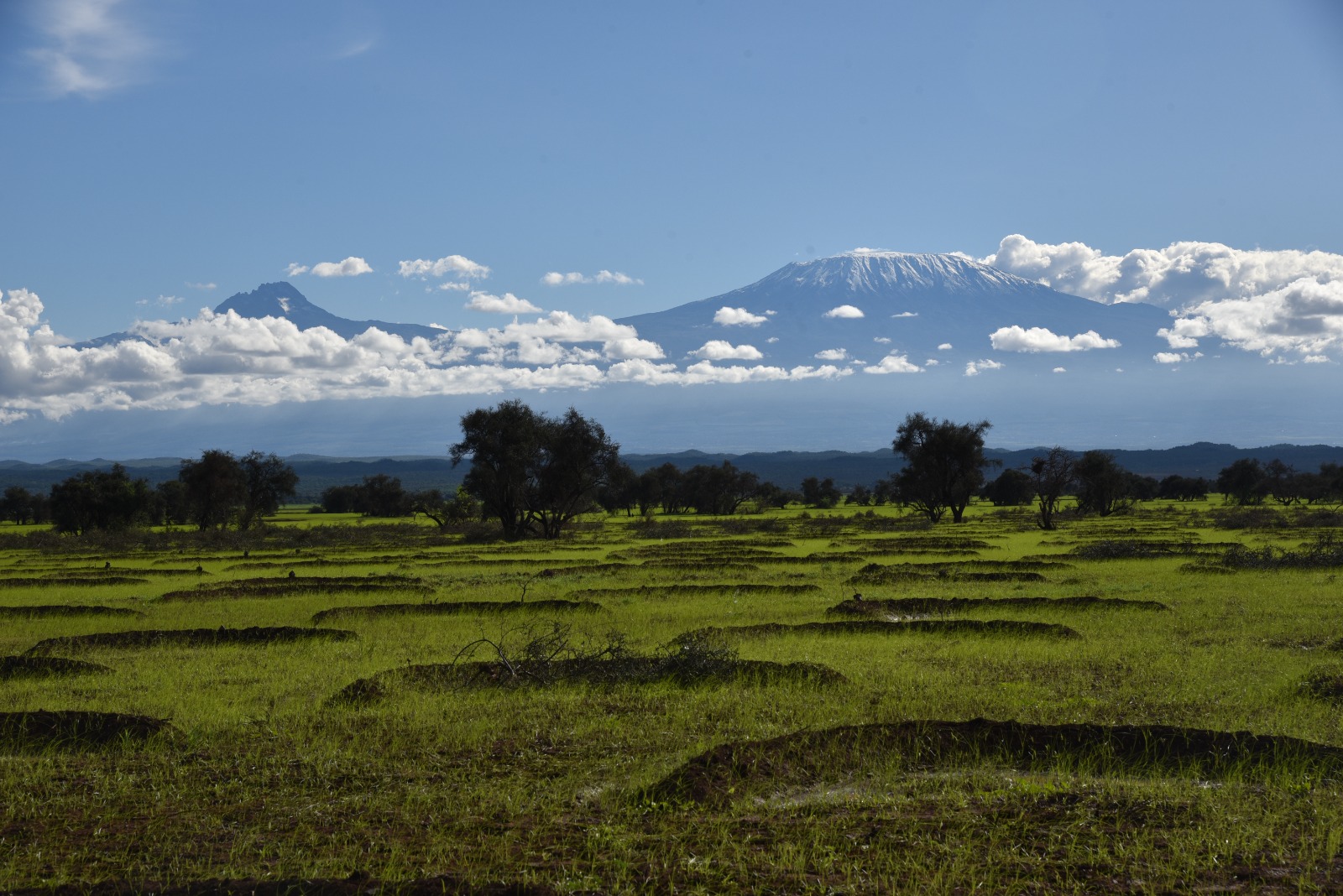
Managing Human-Wildlife Conflict
Lenkaina says that the challenge of Human-Wildlife Conflict (HWC) is rampant because local herders are surrounded by Amboseli National Park towards the East, Tsavo West towards the West, and Chyulu National Park.
“The community has accepted the wildlife and many are setting aside lands for conservation because they have seen the positive impact of this wildlife,” said Lenkaina.
“We have 192 families working here currently, the number might increase as we are looking for ways to expand the project, we have another 100 in other projects, and we ensure that they get something at the end of the week to help their families,” added Lenkaina
He reiterates that once the grass matures, any member of the local community will be able to graze their cattle, even the ones not directly involved in the project.
Challenges facing the project
Lenkaina says that in as much the community has set aside conservancies for wildlife, they are still destroying the young grass that is yet to mature. “Wildlife has been destroying already set aside area, “said Lenkaina
He adds that sometimes the rains delay up to three years leaving the already prepared ground at the mercy of harsh elements, derailing plans to plant grass.
Another challenge with the project is the lack of funds to expand the farm acreage. “We are only at one percent which is only a drop in the ocean, Mbirikani is 300,000 acres, we project to do more when we have more funds,” adds Lenkaina.
Getting grass seeds for the soil has been a challenge for the project according to Lenkaina. “Currently we are putting together a group of women programs who have a joint project of growing the seeds and later they will sell to us,” added Lenkaina.
In Mbirikani, the absence of a protective layer is causing soil erosion and creating gullies that damage the land. This problem has worsened due to climate change and extreme droughts, which were profound last year. When it does rain, the valuable moisture quickly flows off solid surfaces because there are no plans to slow it down.
The project is also looking for more partners who can sponsor it and help the pastoralists harvest excess grass to be conserved for use during the drought season and help restore the ecosystem.



